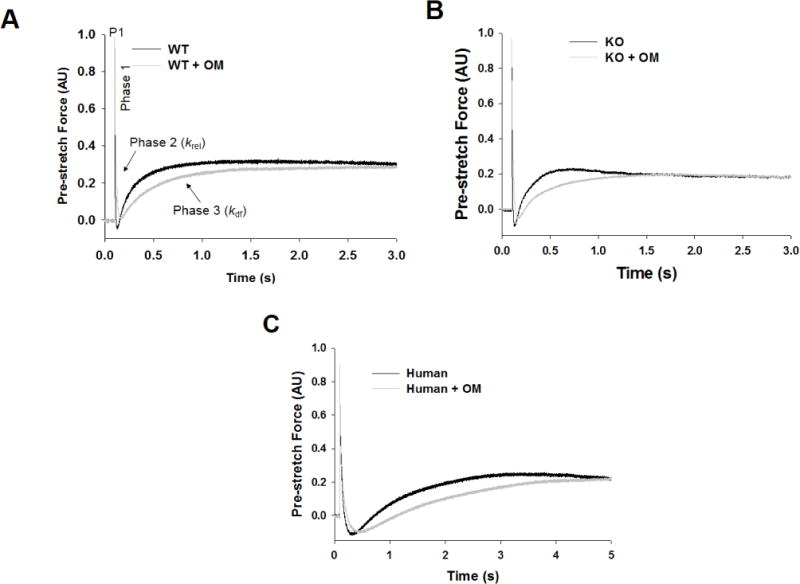Figure 4. Effect of OM on the stretch activation responses in WT, KO, and donor human myocardial preparations.

Shown are the representative force responses evoked by a sudden 2% stretch in muscle length (ML) in isometrically-contracting (A) WT, (B) KO, and (C) human myocardial preparations before and following incubation with OM. In panel A, highlighted are the important phases of the force response and various stretch activation parameters that are derived from the response. Phase 1 denotes the immediate increase in force in response to the sudden stretch in ML and represents the XB stiffness. P1 is the magnitude of the immediate force response and is measured from the pre-stretch isometric steady-state force to the peak of phase 1. Phase 2 denotes the rapid decline in the force with a dynamic rate constant krel and is an index of the rate of XB detachment. Phase 3 denotes the delayed force development with a dynamic rate constant kdf and is an index of the rate of XB recruitment. Incubation with OM led to a significant slowing of both krel and kdf in WT, KO, and human myocardial preparations.
